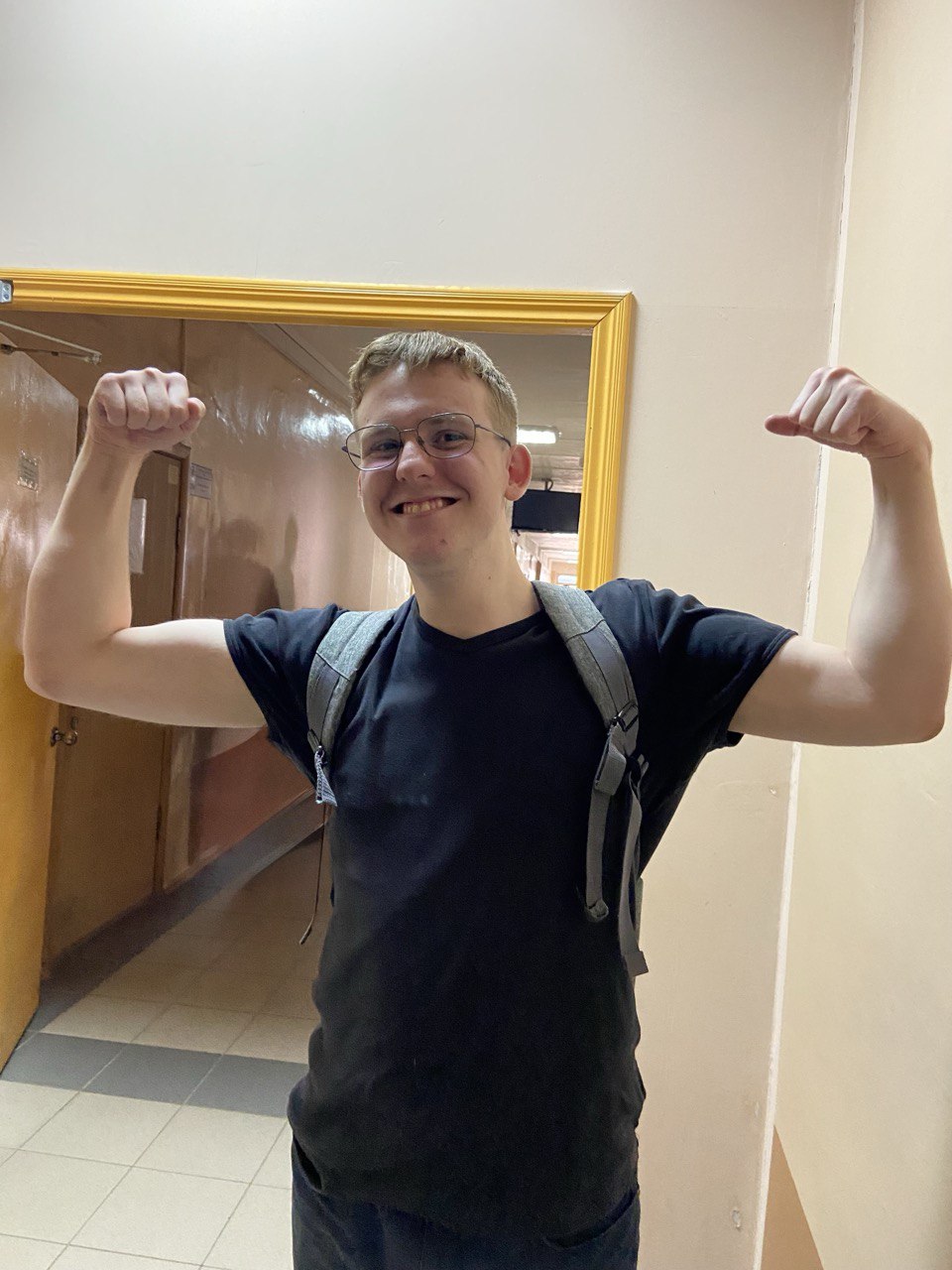The story of Daniil
My name is Daniil, and I was born in a small town near Moscow, Russia, in 2003. For the first 13 years of my life, I was like any other child—full of energy, attending school, playing tennis, and enjoying time with my family and friends. Everything seemed normal until my diagnosis of leukodystrophy, specifically LBSL (Leukoencephalopathy with Brainstem and Spinal Cord Involvement and Lactate Elevation), a condition caused by mutations in the DARS2 gene.
LBSL is an incredibly rare genetic disorder, with only a small number of cases documented worldwide. Its rarity often leads to delayed diagnoses and a challenging path to understanding the disease.
Getting diagnosed with a rare disease like LBSL is often a lengthy and difficult process. My family and I went through countless tests, hospital visits, and consultations with various specialists. At first, local doctors could only identify abnormalities in the white matter of my brain on MRI scans and suspected leukodystrophy without being able to pinpoint its cause.
The turning point came when we were referred to a specialist in Moscow. Genetic testing revealed that I had inherited mutations in the DARS2 gene from both my parents, making me part of the 25% of offspring who develop the disease when both parents are carriers. This diagnosis was both a relief and a challenge. On one hand, we finally had answers; on the other, we were faced with the reality of living with an incurable condition.
Understanding the Rare
LBSL is so rare that many medical professionals I encountered had never heard of it. The disorder is caused by a disruption in the production of aspartyl-tRNA synthetase, which affects myelin—the protective sheath around nerves in the brain and spinal cord. This leads to symptoms such as difficulty walking, impaired coordination e.t.c
Living with such a diagnosis has made me keenly aware of how little is known about rare diseases like mine. There is limited research.
